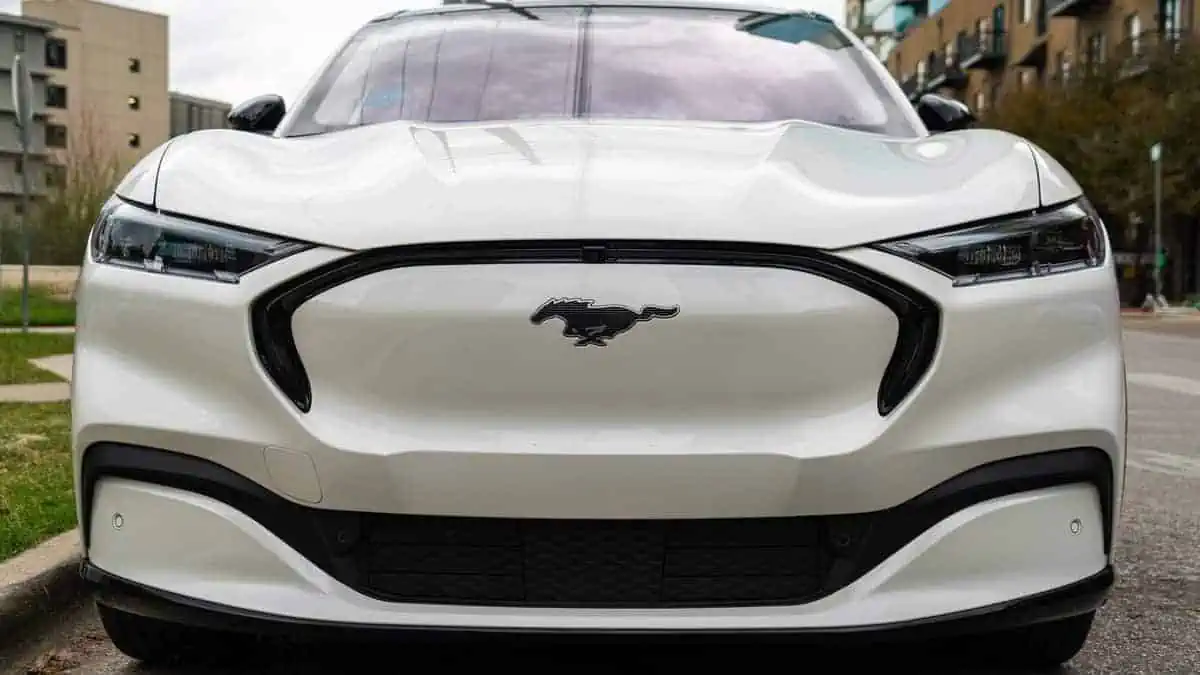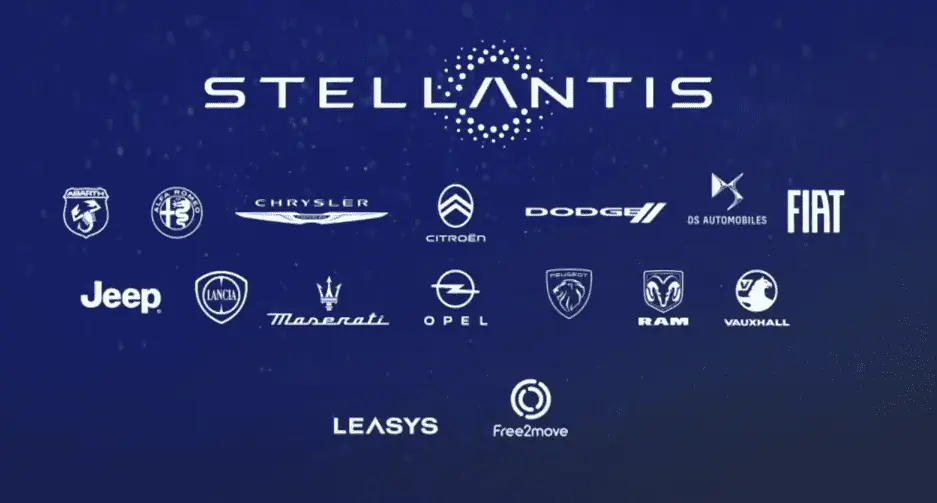Consumer Reports, the American nonprofit consumer organization, tested prominent electric vehicles from leading brands in cold, mild, and warm weather. The seasonal test was conducted on all-wheel-drive EVs including the Ford Mustang Mach-E extended range, Hyundai Ioniq 5, Tesla Model Y Long Range, and Volkswagen ID.4 Pro S.
On three distinct days—a cold, a mild, and a warm one, each car was put through the exact same testing process by the same drivers while being driven in a caravan. The test found that cold weather debilitates about 25% of range when cruising at 70 mph compared with the same conditions in mild weather.
In retrospect, Consumer Reports discovered that short trips with frequent stops and the need to reheat the cabin in cold weather saps 50% of the range. In addition, the warm 80° F temperatures offered the longest range of the three tested conditions, contradicting the initial prediction that mild weather in the low 60s would.
The expectation for this kind of test is that the vehicles will somewhat underperform their rated range age at a constant highway speed since the Environmental Protection Agency (EPA) range is based on a combination of city and highway driving.
The experiment discovered that under different seasonal temperatures, winter cold resulted in the shortest range followed by mild temperature, while summer heat at mid-80 degrees resulted in the longest range despite using air conditioning.
Mustang Mach-E proved excellence among the other EVs for having the most accurate range prediction.
According to the report, “Its real-world range also came within 1 or 2 miles of the Model Y on every run, even though the Model Y has a higher official EPA range. Note that the Mach-E has the largest battery of the bunch, at 88 kWh of usable capacity. And the Model Y is the lightest vehicle of the quartet, differing by more than 500 pounds from the ID.4, which is the heaviest. Of the two runs we performed with the Ioniq 5, it came the closest to its EPA rating.”
The Environmental Protection Agency tests electric vehicles range through a dynamometer in a laboratory with driving cycles that imitate both highway and city driving. When computing the combined rating, a slight weight is given to the city range, and a correction factor is used in an effort to consider temperature, climate control use, and driving behaviors.






